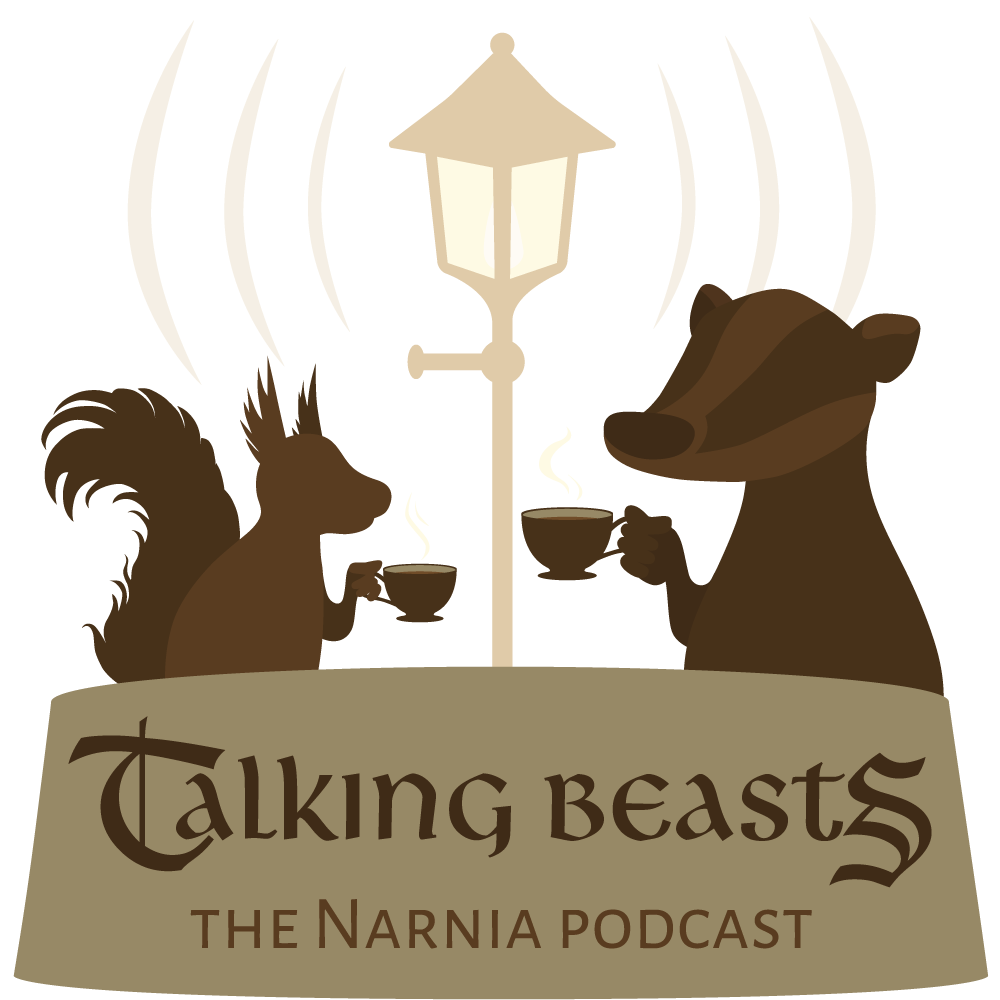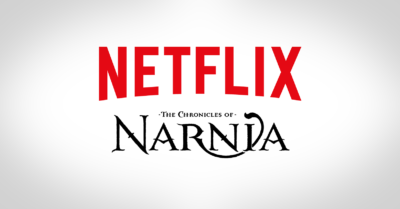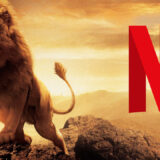Will The Film Be Christian?
From Time Magazine:
The White Witch: “That human creature is mine. His life is forfeit to me. His blood is my property.”
Aslan (later) : “The Witch knew the Deep Magic. But if she could have looked a little further back… she would have known that when a willing victim who had committed no treachery was killed in a traitor’s stead, the Table would crack and Death itself would start working backwards.” —from The Lion, the Witch and the Wardrobe, by C.S. Lewis
Earlier this month, Disney ran the first test screening of its December release, The Lion, The Witch and the Wardrobe in a California theater. The existence of a screenable print constitutes a kind of opening bell for two questions regarding its content. The answer to the first, “Is it any good as a movie?” will be worth hundreds of millions of dollars to Disney and its co-producer, Walden Media and will only be known later this year when the box office comes in. The second, more intriguing question, “Has it reproduced the Christian character of C.S. Lewis’s book?” could also be worth tens of millions if it inspires Passion of the Christ-style repeat viewings by conservative Christians. And the answer could lie in whether the four sentences above, which constitute a kind of evangelical sniff test make it into the film. (A Disney spokesperson said that since he had not attended the screening and that there is not yet a final cut, he could not verify whether it contains the lines, but promised that “the movie is going to be as faithful to the book as possible.”)
Lewis always insisted that his seven Narnia books were not a point-by-point Christian allegory. Much of The Lion, the Witch owes more to English folktales or Norse and classical myth than to the New Testament. The passage of the four Pevensie children through the magic closet into a world laboring under a spell of eternal winter is not Christian, nor are the cruel white witch, talking animals, centaurs, and even a duo of Roman gods who inhabit it. True, the description of the redeeming figure of the lion Aslan as “the Son the Great Emperor-Beyond-the- Sea” is a big hint. But even Aslan’s sacrifice on a huge stone table (not a cross; and performed with a stone knife, Aztec-style), and his subsequent miraculous recovery could have been borrowed from any number of world religions.
To read the entire article, visit the Time.com website.





